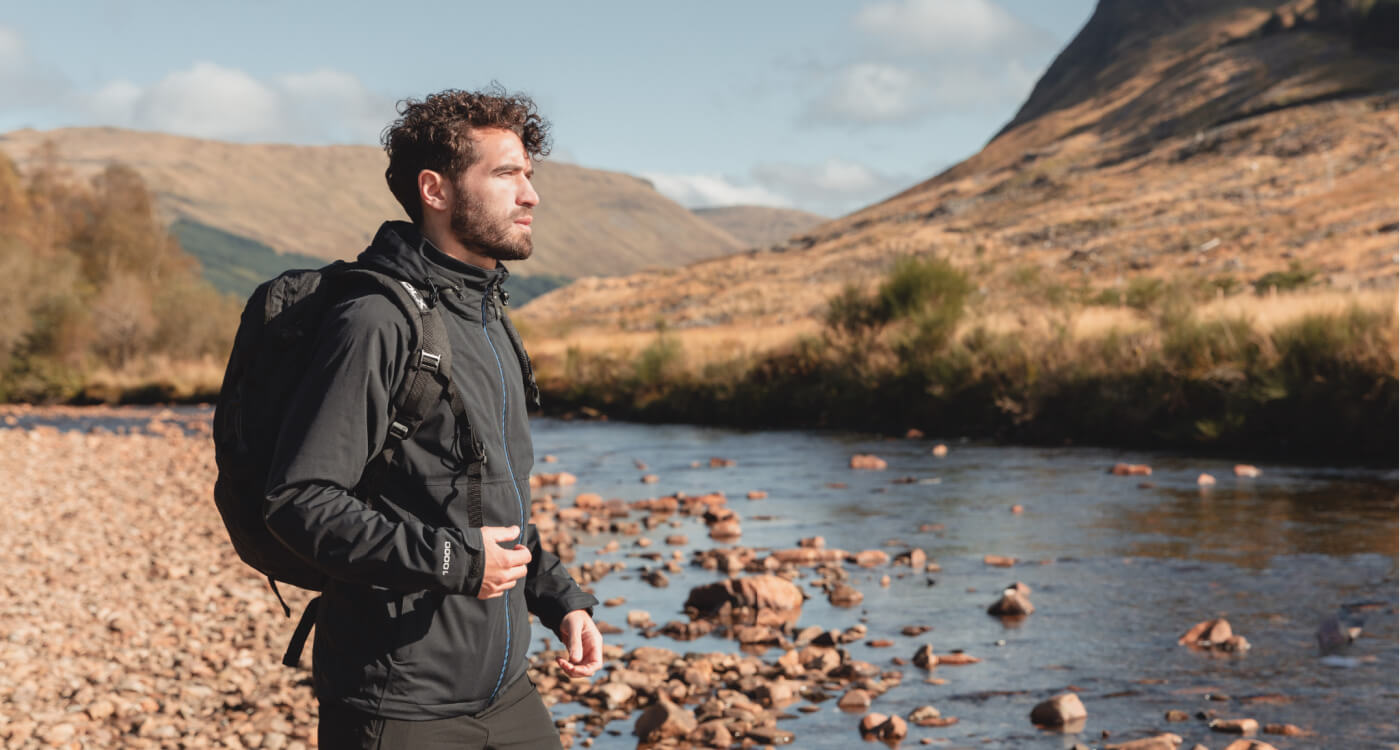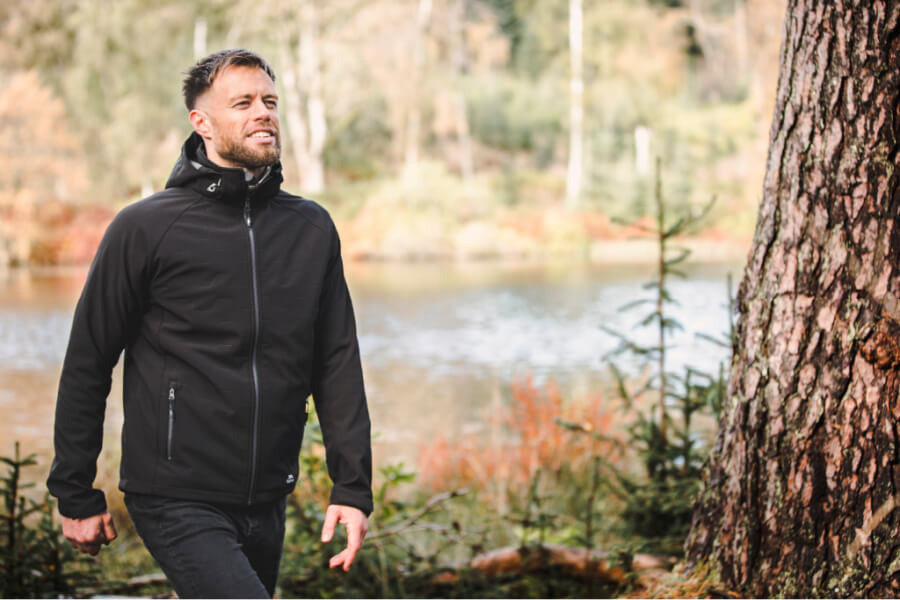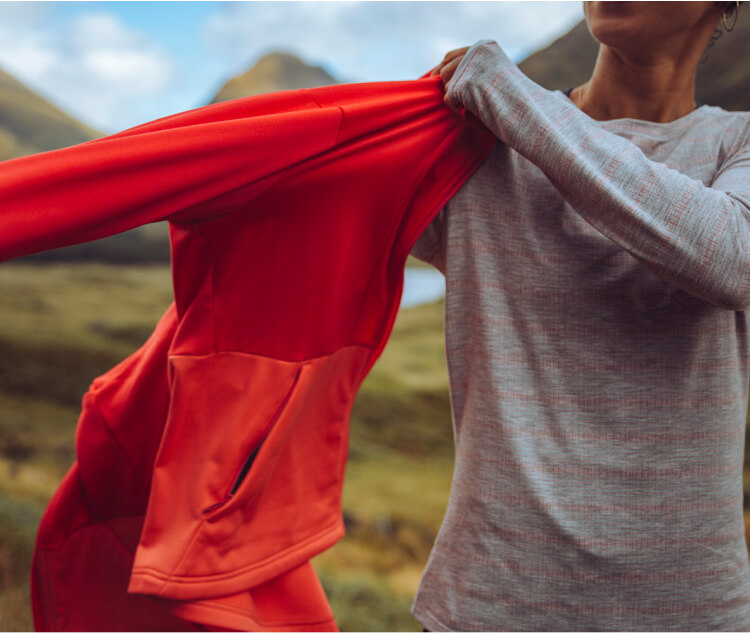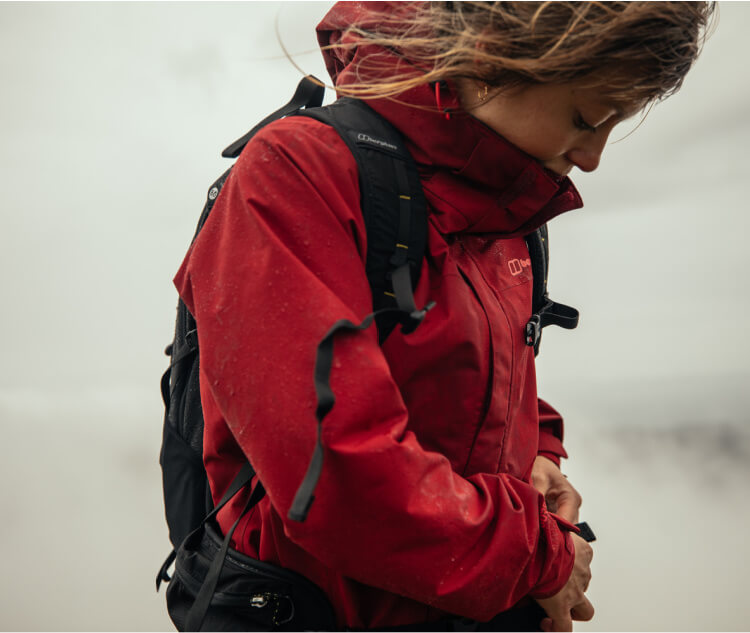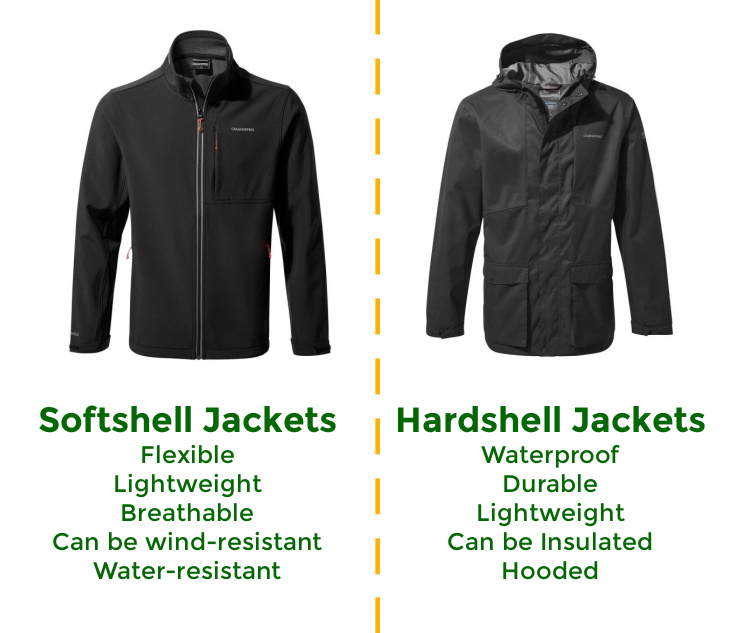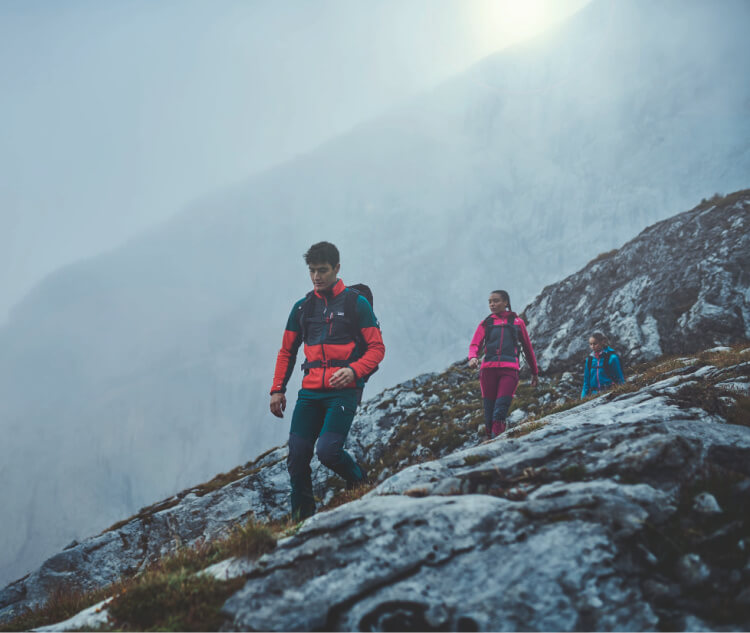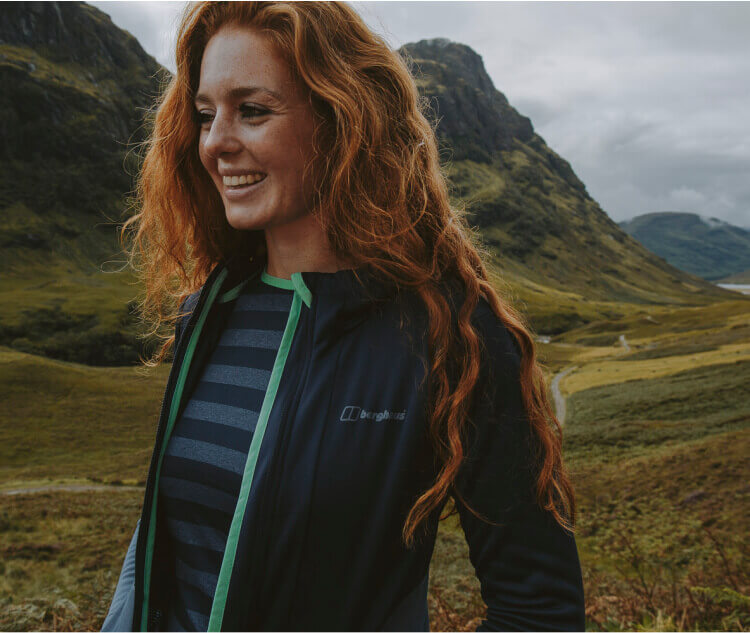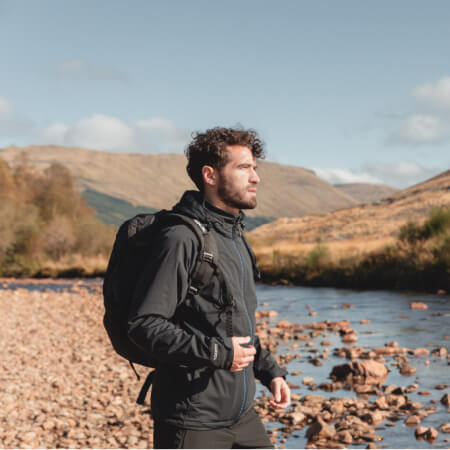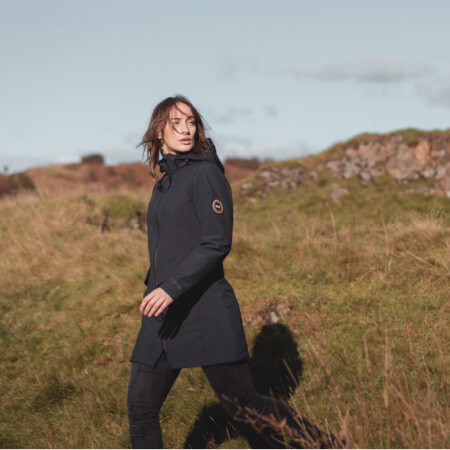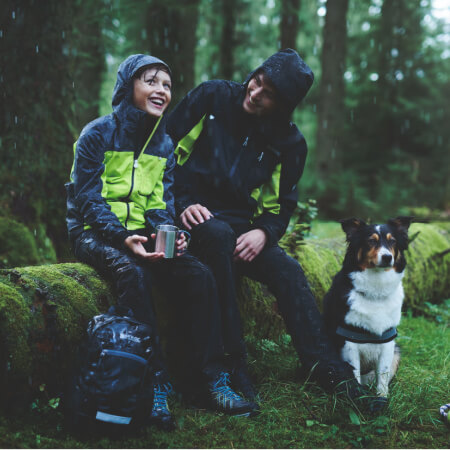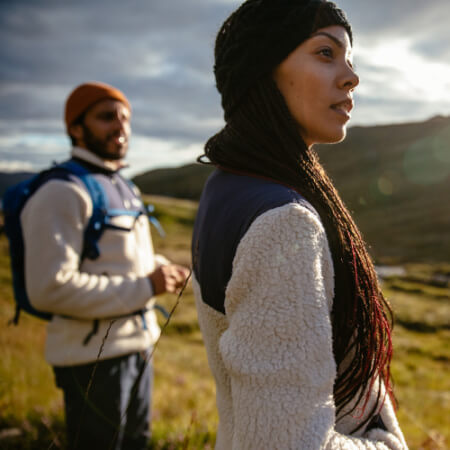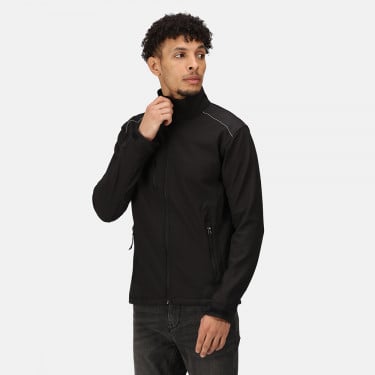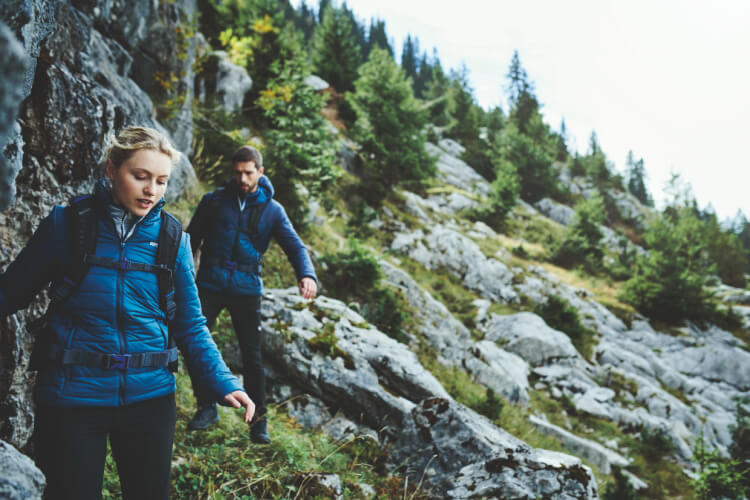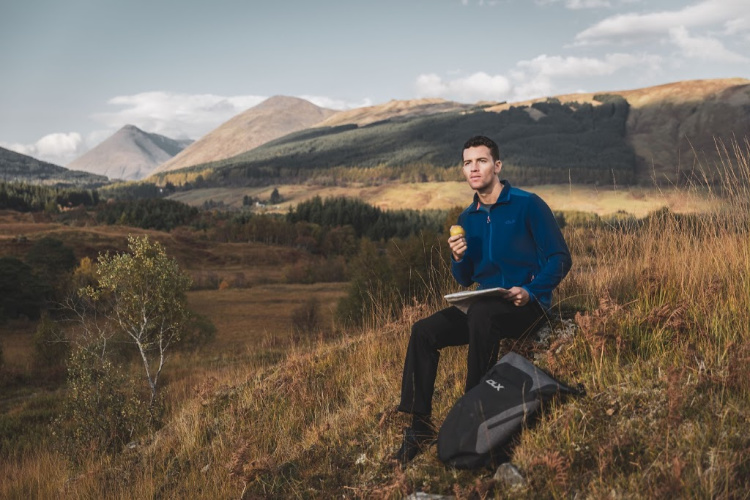When should I wear a softshell jacket?
Softshell Jackets can be used in good or cool weather on the hills and trails or for use when you need more breathability than a hardshell waterproof coat. This would include if you’re running or climbing. You can use these points as a guide on when to wear them:
- Daily wear for moderate and good weather with little chance of rain
- For climbing, cycling or activities calling for lots of movement. You could wear them over a base layer instead of a fleece
- In severe weather as a mid-layer underneath a hardshell jacket
You should wear a softshell jacket if you’re going hiking, climbing, biking, trail running, or even lounging around in cool, dry weather. Essentially, when it’s cool or warm with little rain around. A softshell could also be worn for skiing on a dry day.
Just remember that while softshells aren’t waterproof, they provide reliable water resistance. So, if it rains while you’re outdoors, you should stay mostly dry.
Why should I choose a softshell jacket?
Softshell jackets are an ideal mid-layer when conditions are cold and you need something more robust than a fleece in a layering system. A softshell can be worn over a base layer or t-shirt as an outer layer on mild-cool days due to their water-resistant and windproof capabilities.
What should I consider when buying a softshell jacket?
As with all outdoor clothing and equipment, you should always be aware of some considerations when buying. We’ve highlighted some important points for softshell jackets:
- Weather conditions when outdoors
- What you will be wearing the jacket for – outer layer, part of a layering system etc.
- Style and fit of your jacket
- Your budget


